Last Chance to Catch NYC's Holiday Notalgia Train
We met the voices of the NYC subway on our nostalgia ride this weekend!


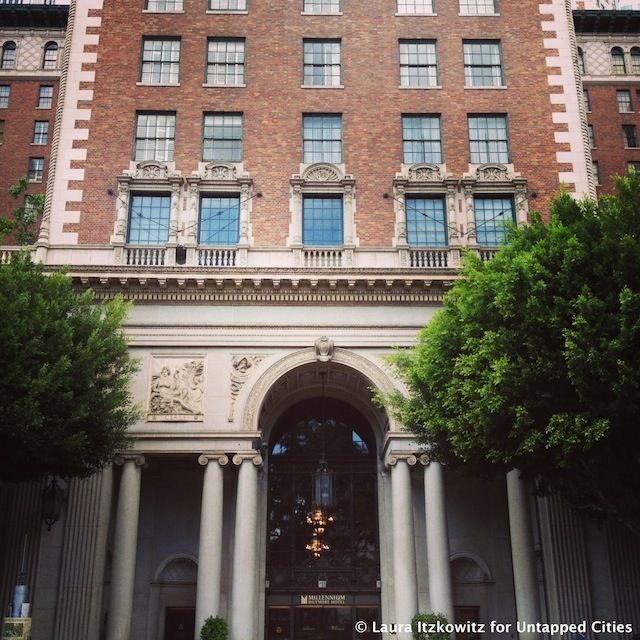
Over 3,000 people were in attendance at the Biltmore Hotel‘s opening party on October 2, 1923. In the ninety years since its opening, the Biltmore has seen more than its fair share of ups and downs and plenty of celebrities including Walt Disney, Katherine Hepburn, Mae West and Carmen Miranda have graced its halls. It has played host to a nightclub during Prohibition, the Academy Awards, the 1960 Democratic National Convention, and some rather unfortunate redecorating during the ’70s, to name a few. We learned all about the Biltmore Hotel with the LA Conservancy and now we’re taking you inside and sharing the hotel’s secrets.
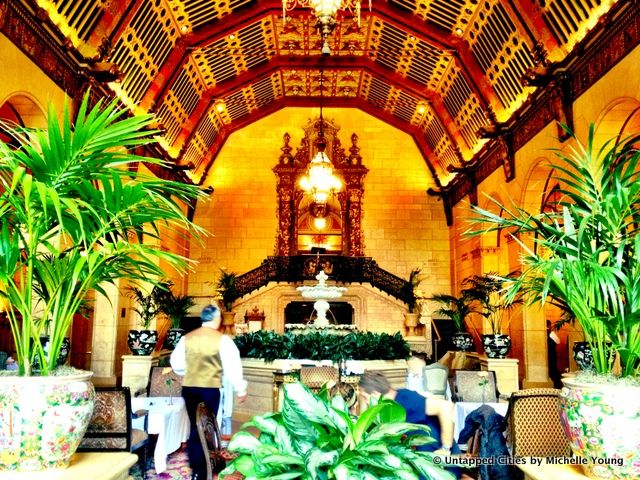
The Biltmore Hotel was envisioned as the hotel to eclipse all of Los Angeles’ other hotels. Construction began in 1921 and took eighteen months. The architects, Schultze & Weaver, were responsible for New York City’s Waldorf Astoria and Park Lane Hotels. The Biltmore’s founders insisted on having the best of everything, including radio hookups in every room. (Remember, there was no Wi-fi in 1921.) So it’s surprising to note that inside what is now the main entrance, many of the columns are hollow and the woodwork on the ceiling is actually plaster. However, the Venetian glass chandeliers are real. Because you definitely can’t skimp on Venetian glass chandeliers!
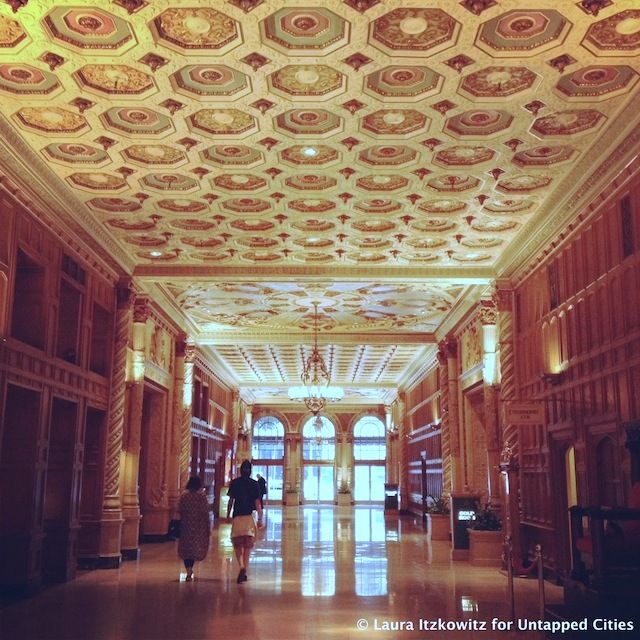
After the initial venture proved to be successful, the Biltmore Theater was added on to the hotel in 1924-25. It was quite successful for a time, but when Dorothy Chandler redid Downtown LA’s Bunker Hill, many of the old theaters, including the Biltmore’s, were torn down.
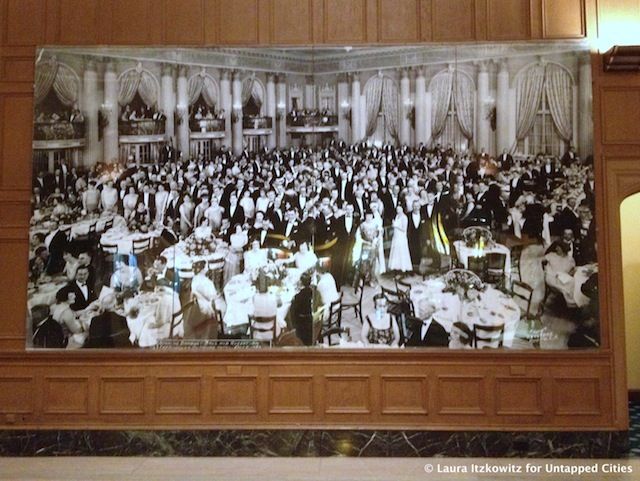
Upstairs, the Galleria Reale is 350 feet long and was the entrance to all the ballrooms. Originally, the long hallway was lined with benches and ferns. So many people waited around hoping to meet celebs that the hotel had to hire a man who would discreetly hand a business card to anyone who loitered for more than twenty minutes letting them know they had overstayed their welcome.
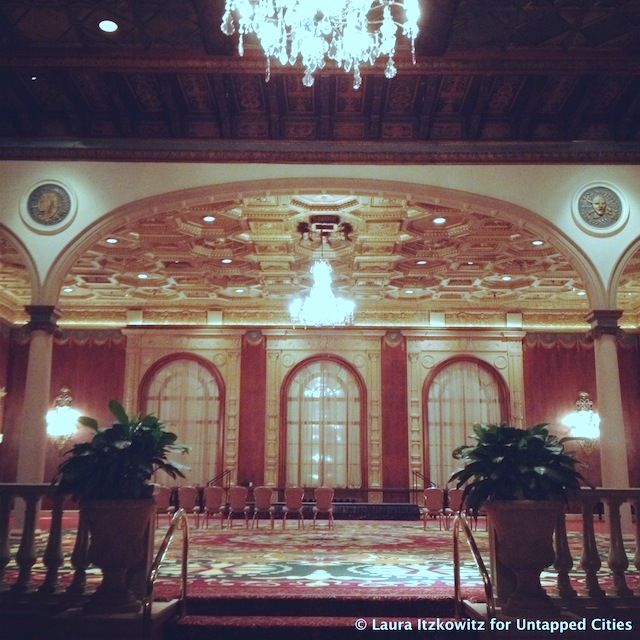
The Italian artist Giovanni Smeraldi painted the frescoes and murals inside the Biltmore. Though Smeraldi had also painted inside the Vatican and the White House, he apparently loved the Biltmore so much he wanted to have his ashes stored in the fountain in the present day lobby. Talk about dedication.
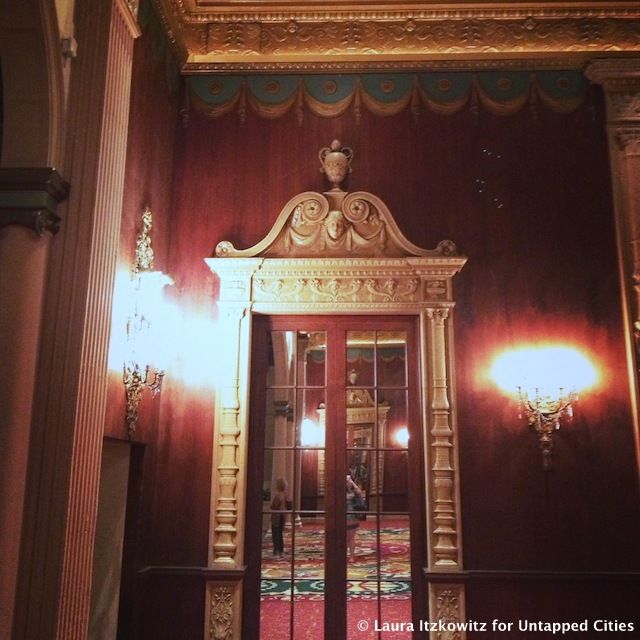
While well-to-do Angelinos attended elegant concerts in the music room, the younger generation partied in the Gold Room just across the hall. During Prohibition, Baron Long ran a nightclub where the celebrities of the day went to partake in some bathtub gin. Above the large mirrored French doors, you can see the outline of a gold box. That box was a little window for paparazzi, who could take birds-eye-view photos of the celebrities cavorting down below. The Gold Room is the only ballroom in the Biltmore with a gate in front–for crown control. Thanks to Baron Long, the Biltmore was successful during the Depression too.
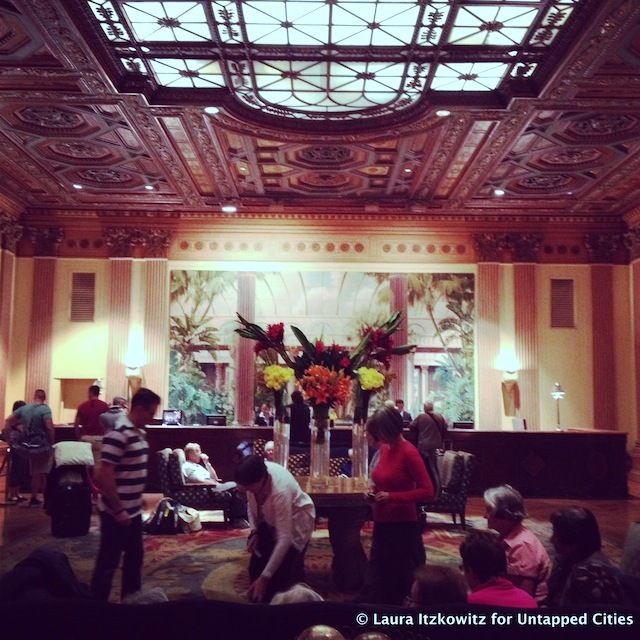
It seems hard to imagine now, but actors (even the most famous ones) weren’t always fawned over and overpaid the way they are today. The Academy for Motion Picture Arts and Sciences was founded over a labor dispute involving MGM boss Louis B. Meyer, who notoriously tried to keep his actors’ salaries low. Reacting to actors’ complaints, he apparently said, “What do they want? An award?” And thus the Oscars were born.
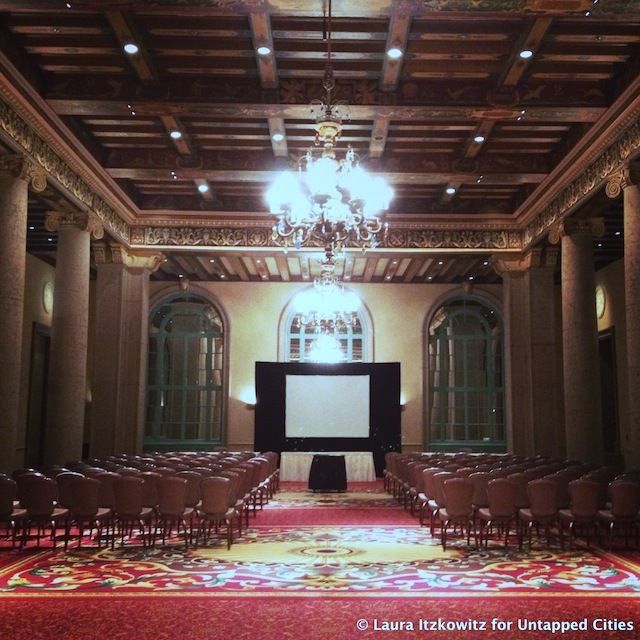
The hotel was abuzz for the 1960 Democratic National Convention, with John F. Kennedy set up in the elegant music room and his running mate Lyndon B. Johnson across the hall in the Emerald Room (below). They gave press conferences in the Crystal Ballroom.
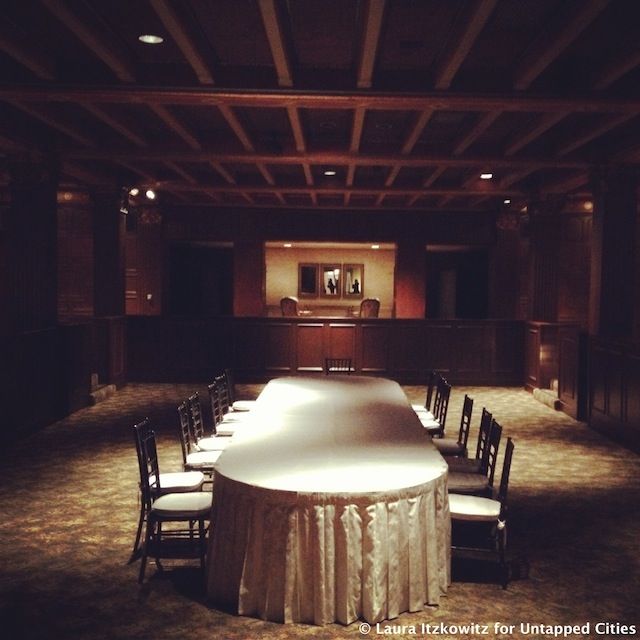
By the 1970s, the Biltmore’s ornate style was considered stuffy and passé. The hotel was in such deep financial trouble it was in danger of being shut down or turned into senior citizen housing. Luckily, in 1976, Gene Summers and Phyllis Lambert bought the Biltmore for $5.4 million–quite a steal considering it cost $10 million to build in 1921. For a time, the main entrance was covered over in ugly carpeting and filled with furniture by Mies van der Rohe.

Rumor has it that there’s the ghost of a nurse on the second floor and a little girl’s ghost running on the ninth floor. The famous yogi, Paramhansa YoganandaPlus, died after collapsing in the former music room of the hotel, which is now the lobby. Plus during WWII, the Biltmore was full of soldiers passing through on their way to or from the Pacific front.
The Biltmore might be haunted to some extent, but as Frank Young from the Millenium Hotel clarified for us, “There are no rooms that we won’t sell due to complaints about ‘supernatural’ occurrences. On nights when we are sold out, all 683 rooms are occupied.” He also tells us that the second floor is now an office space for NationalBuilder, with no ghosts as of yet.
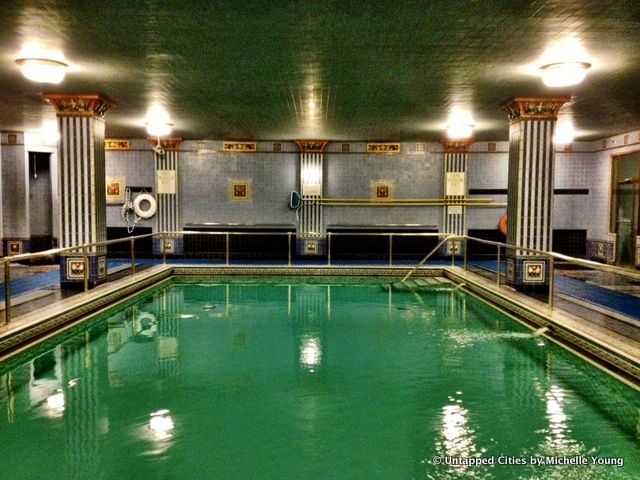
The ornate pool in the Biltmore Hotel is a mix of Roman bath and Gilded Age ocean liner. Rich blues, greens and golds fill the tile mosaics, with wooden deck chairs surrounding the pool. There’s also an adjacent steam room, for an added Roman touch. We can just imagine the epic parties that took place in here.
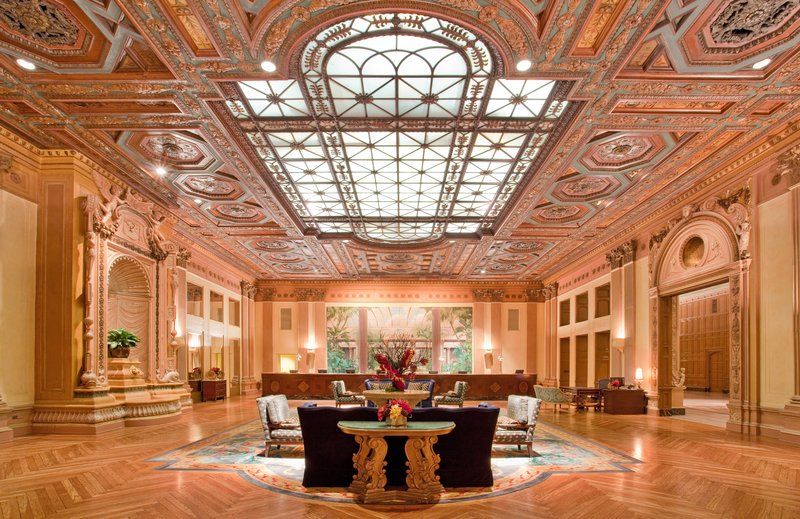
Images courtesy Biltmore Hotel
As Frank Young from the Millenium Hotel shared with us, the mural in the lobby (which used to be the music room) was installed in 1986. It was damaged in the 1994 earthquake and sat forgotten in storage in the Biltmore Hotel basement for years until one of the hotel concierges, Mahmoud Etemadi, decided to restore it. But Mahmoud made some key changes. “According to Mahmoud, says Young, “the original artist had sort of a naughty sense of humor and included a ‘male genitalia’ among the plants in the picture. During its restoration, Mr. Etemadi painted over the genitalia and changed it into a bird perched on a branch.”
Also check out our article Ten of Downtown Los Angeles’s Most Important Architectural Sites. Get in touch with the author @lauraitzkowitz.
Subscribe to our newsletter